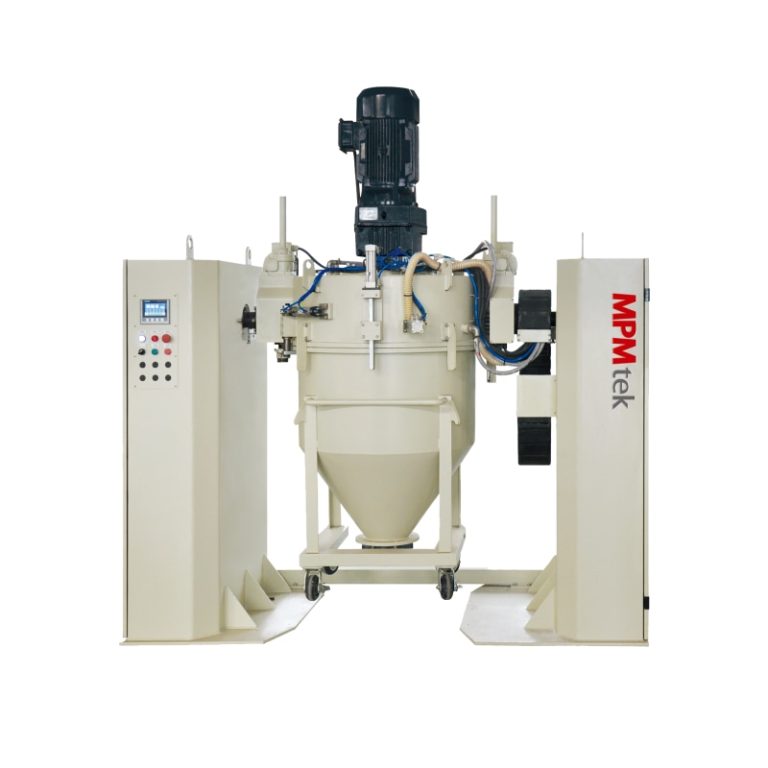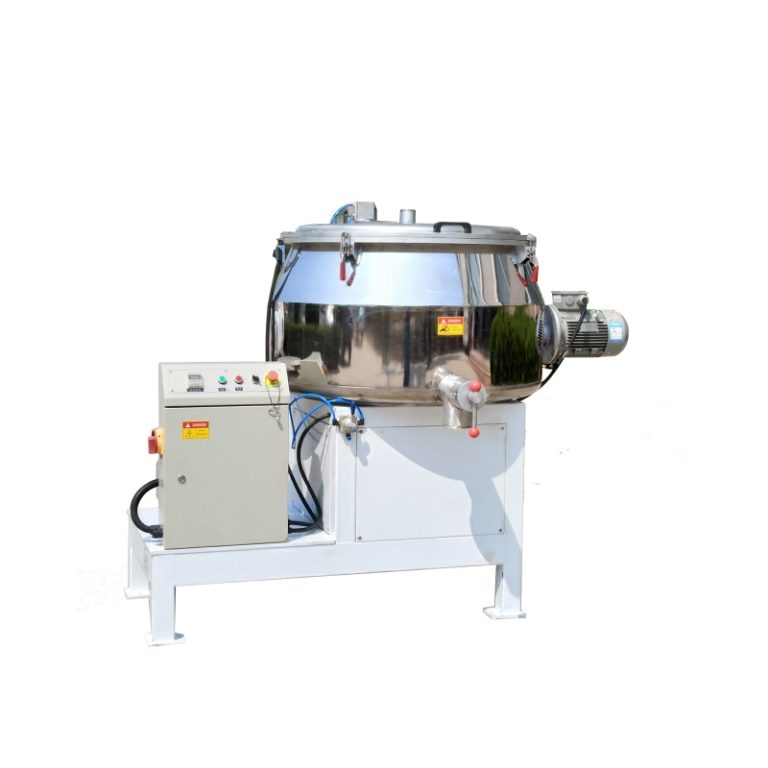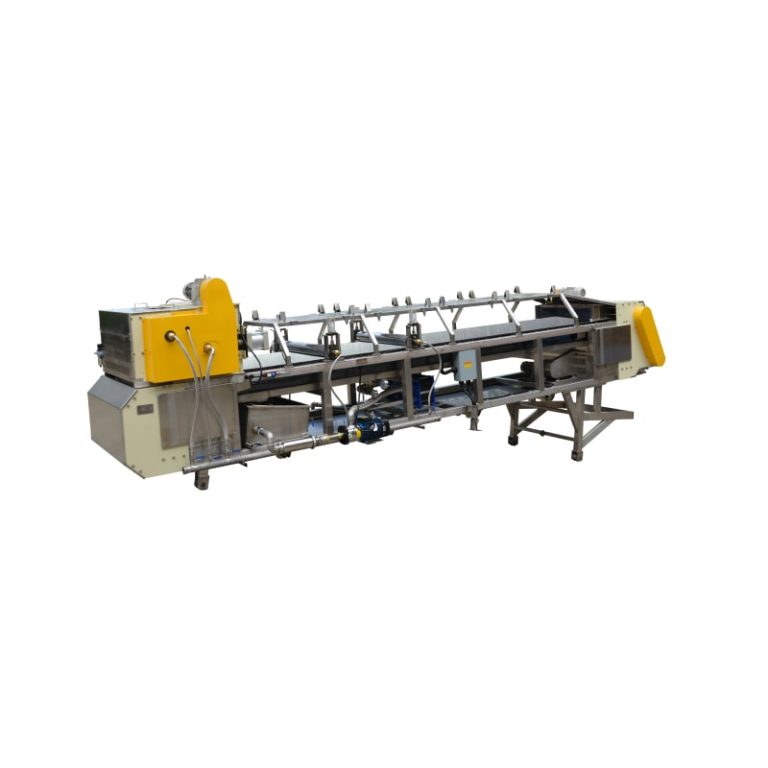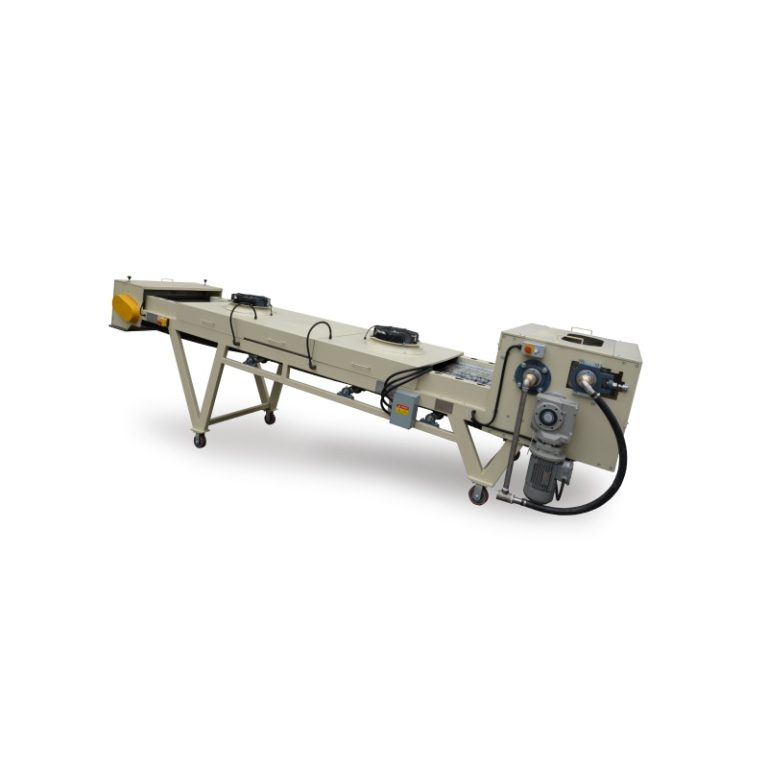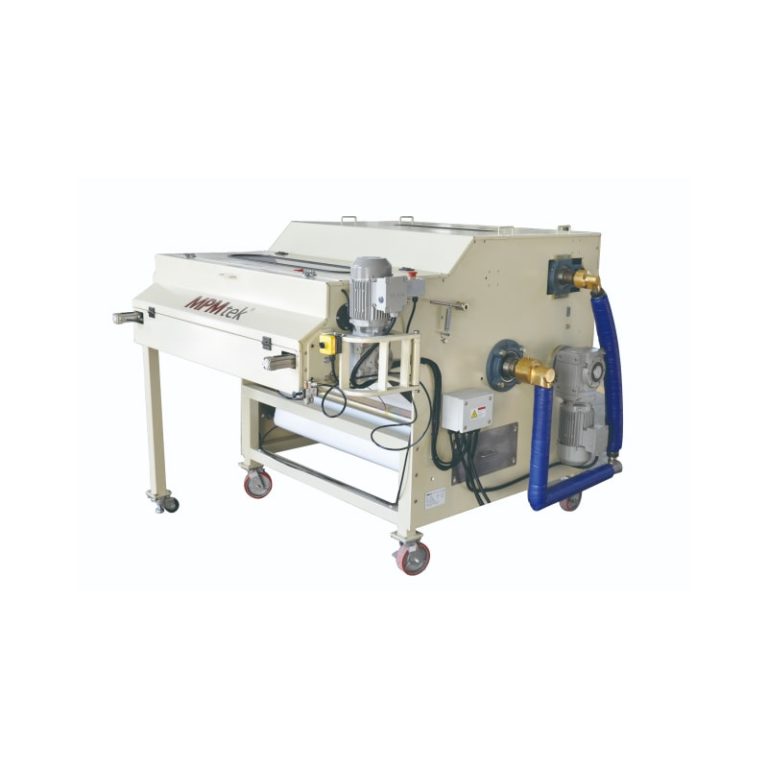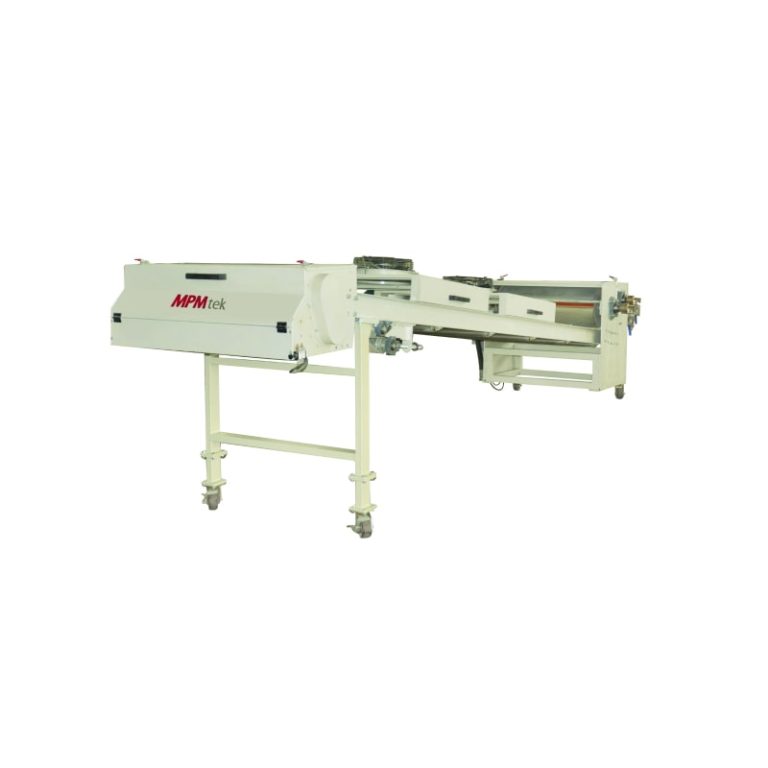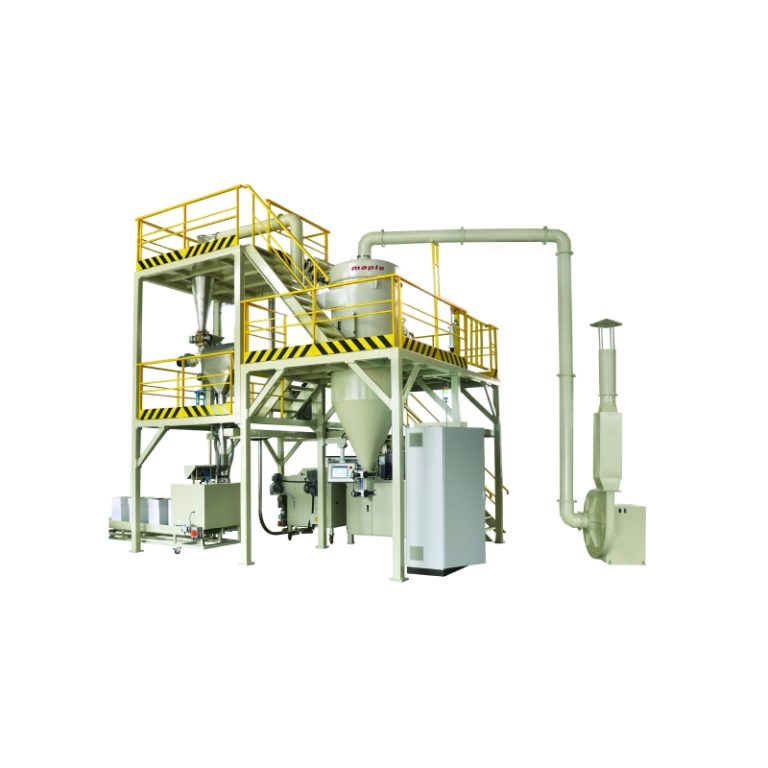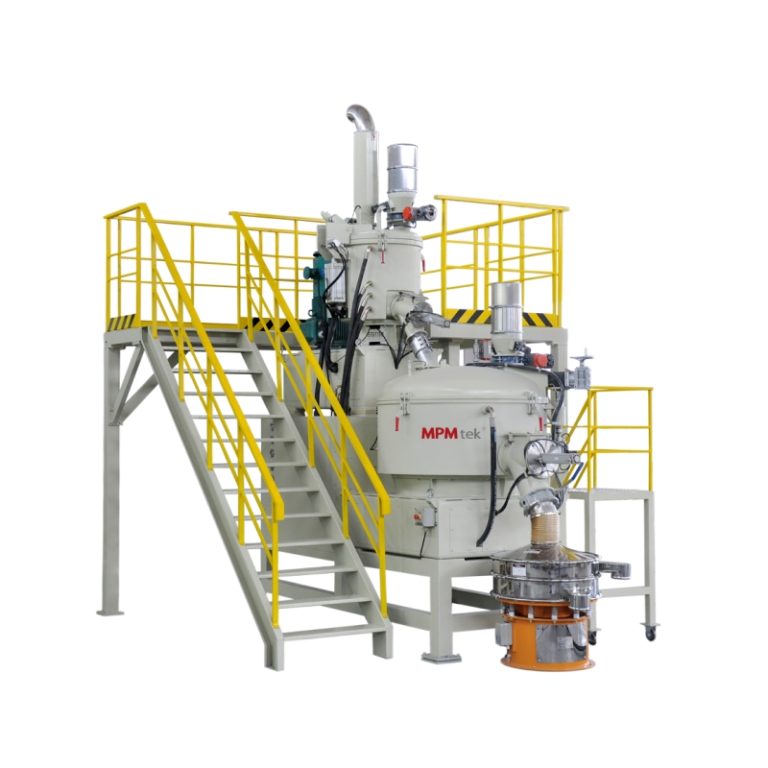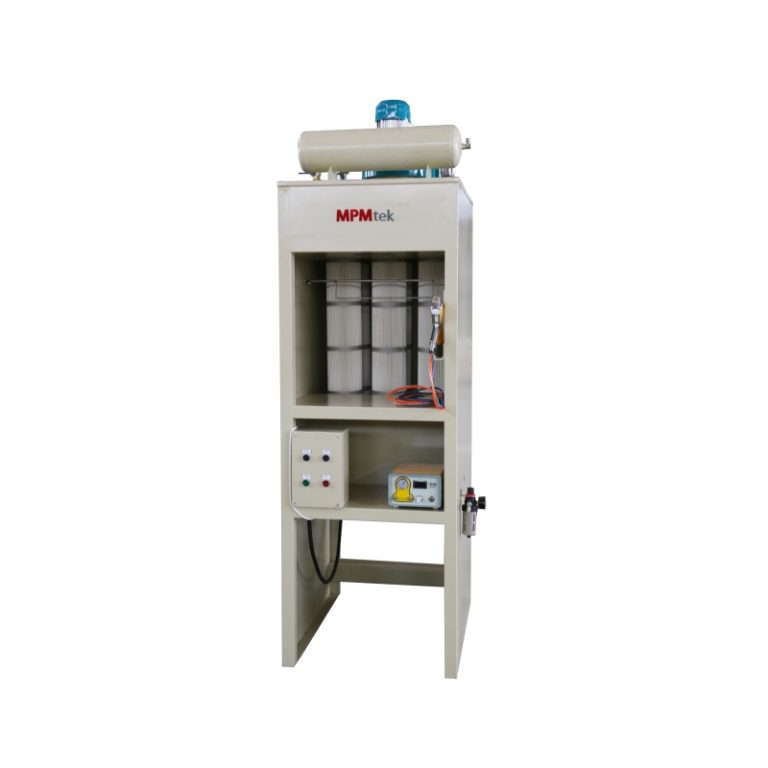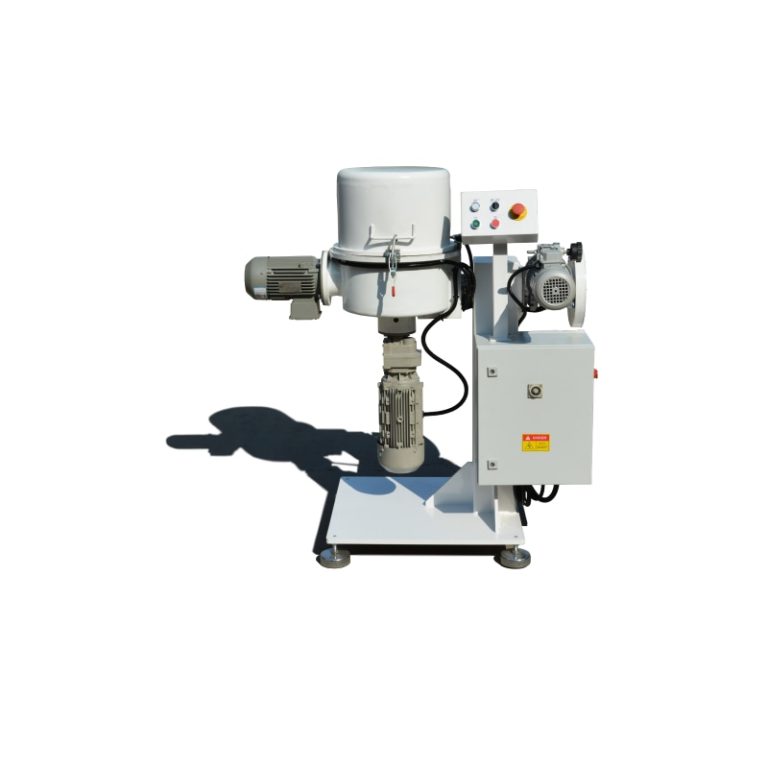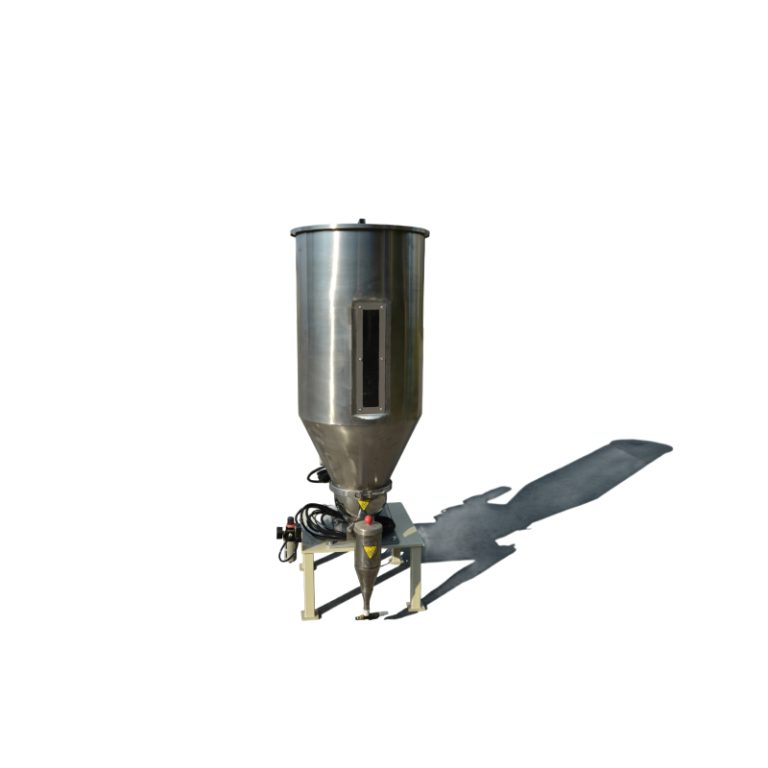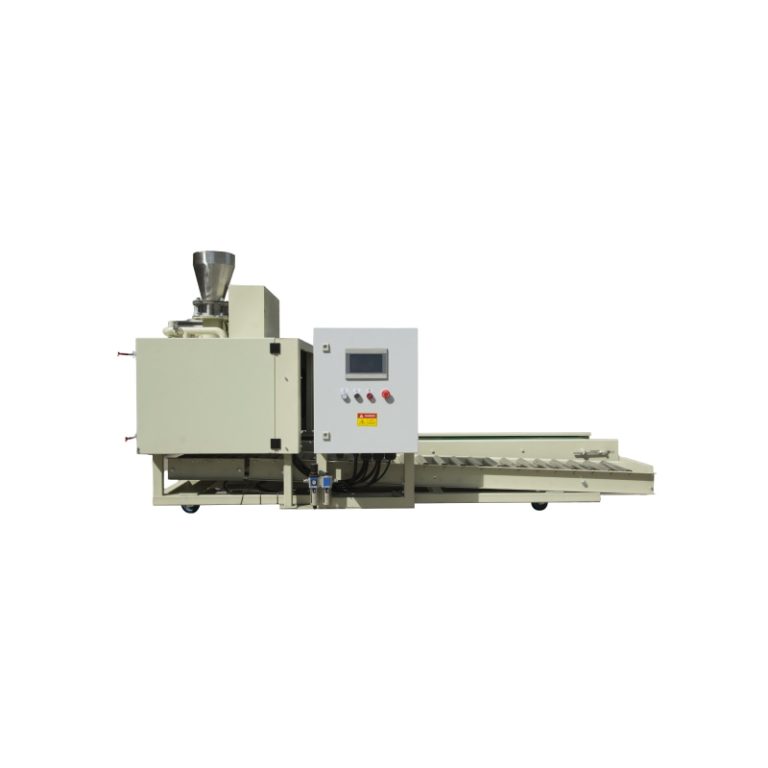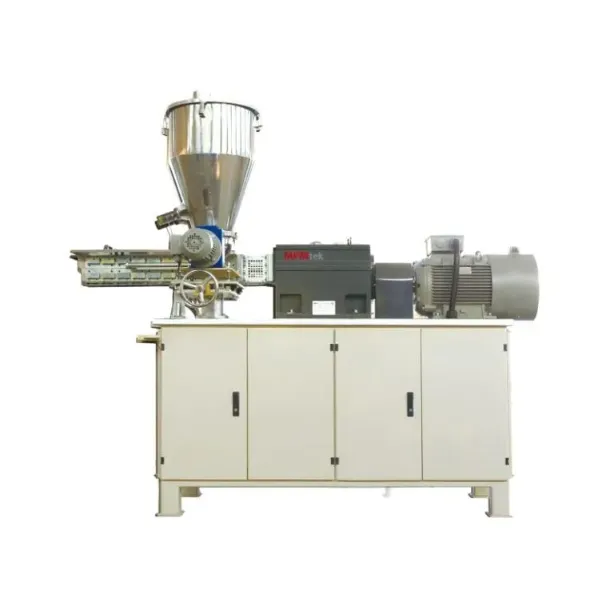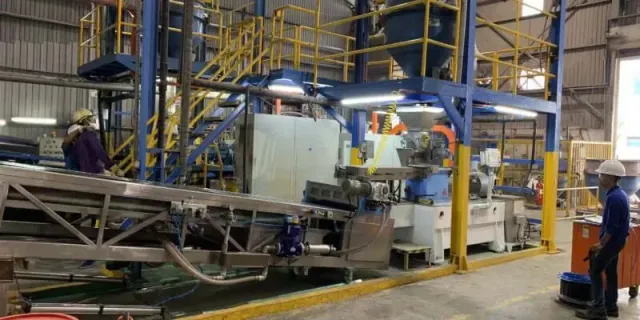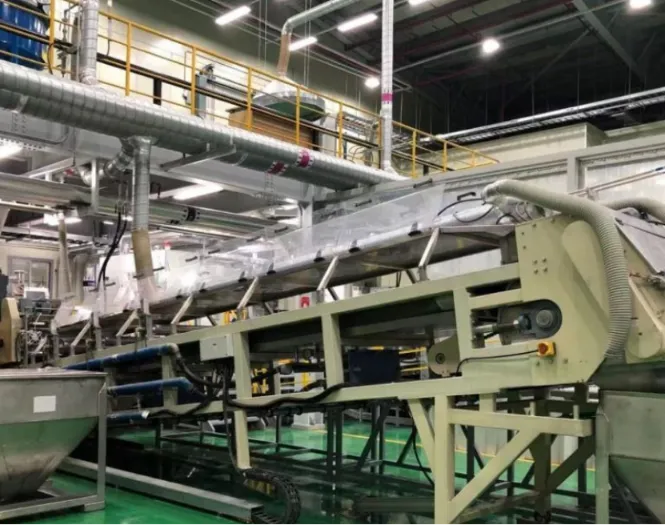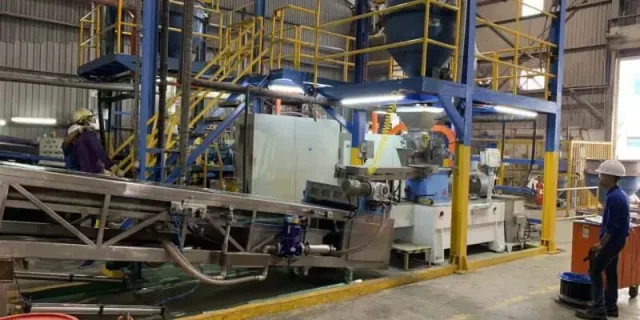
Introduction
Powder coating lines play a big role in modern manufacturing. They help create durable finishes for everything from cars to furniture. Different factories have varying sizes and output needs, so the type of line matters a lot. This guide compares compact and flat type powder coating lines in terms of structure, performance, and best uses. It aims to help readers pick the right system for their setup.
Overview of Powder Coating Production Lines
The Role of a Complete Production Line
Powder coatings get made through key steps: mixing, extrusion, cooling, grinding, sieving, and packing. Each part connects to the next. A well designed line boosts efficiency, cuts energy use, and keeps product quality steady. Mess up one step, and the whole batch suffers. That’s why pros pay close attention to how everything flows.
Why Layout Design Matters
Factory space and output demands shape which line works best. Cramped spots need clever setups, while big operations crave smooth, straight runs. Two main styles stand out: compact type and flat type. Compact squeezes things tight; flat spreads them out. Picking wrong can lead to headaches down the road, like wasted time or extra costs.
What Is a Compact Type Powder Coating Line?
Definition and Design
A compact type line packs equipment into a tight, integrated setup. Machines stack vertically or link up close, saving floor space. It’s built for small to medium output, perfect when the factory floor feels squeezed. Think of it as a puzzle where every piece fits just right, without much room to spare.
Main Components
Key parts include a high speed mixer for blending raw materials. Then comes the twin screw extruder that melts and mixes under heat and pressure. After that, a cooling belt and flaker chill the material fast. Finally, crushers, mills, classifiers, and auto-collection systems handle grinding and gathering the powder. Everything connects seamlessly, almost like a single unit.
Key Advantages
These lines take up little space and install quick. Energy bills stay low, and fewer workers are needed to run them. Startups and shutdowns happen in a snap, which helps with quick jobs. They’re great for small scale runs or when switching colors often. Sure, they might not churn out tons per hour, but for flexible ops, they’re spot on. MPMtek’s compact powder coating lines combine a high speed mixer and modular cooling-grinding system, ensuring consistent quality within minimal space.
What Is a Flat Type Powder Coating Line?
Definition and Design
Flat type lines arrange everything horizontally in a straight flow. Materials move from one station to the next without much up and down. This setup shines in big factories pushing high volumes. It’s like a conveyor belt highway, steady and wide open for heavy traffic.
Main Components
Starts with a high speed mixer, just like the compact. The twin screw extruder follows, extruding the mix. Cooling belt and flaker cool it down. Then crushers, ACM mills, classifiers, cyclones, and collectors grind and separate. Automated packing wraps it up, with dust controls keeping things clean. The layout makes adding extras easy, like more automation.
Key Advantages
High capacity means non-stop production for hours. Maintenance? A breeze, since everything’s at ground level and spread out. Scaling up or automating fits right in. Process stays stable, so powder comes out uniform every time. Yeah, it needs more room, but for big players, that’s no big deal.
Compact vs Flat Type – Detailed Comparison
| Criteria | Compact Type | Flat Type |
| Layout | Vertical / folded | Horizontal, linear |
| Space requirement | Minimal | Large, open layout |
| Capacity | 200–800 kg/h | 1000 kg/h and above |
| Automation | High | Very high |
| Energy use | Low | Moderate |
| Maintenance | Moderate | Easier access |
| Ideal for | Small to mid-size plants | Large-scale manufacturers |

Interpreting the Differences
Compact lines focus on being nimble and space-smart. They twist and turn to fit tight spots, making them handy for startups or varied products. Flat lines, though, gear toward growth and speed. Their straight path allows for more machines and tweaks. It all boils down to goals: need quick changes? Go compact. Chasing max output? Flat’s your bet. Budget plays in too; don’t overlook that when planning.
Sometimes folks mix elements from both, but that’s rare and usually custom. Sticking to one pure type avoids complications.
Factors to Consider Before Choosing
Production Volume
If batches stay small or colors swap often, compact type handles it well. No need for overkill. But for steady, high-volume runs, flat type keeps up without breaking a sweat. Pushing a compact beyond its limit just invites downtime.
Available Space and Infrastructure
Tight factory floors scream for compact systems. They tuck into corners nicely. Big sites, however, thrive with flat layouts. More room means easier expansions later. Check power supply and venting too; both types need solid basics, but flats might demand more headroom for ducts.
Investment and Operation Costs
Compact lines cost less upfront and pay back quicker. Ideal when cash is tight. Flat lines hit the wallet harder at first, yet drop costs per kilo over time. Factor in running expenses like power and parts. And hey, training staff counts; simpler layouts mean less hassle there.
One thing folks forget: resale value. Good lines hold worth if you upgrade.
Conclusion
Both compact and flat type lines deliver top-notch powder coatings. They differ mainly in scale, setup, and auto features. Compact suits smaller, adaptable shops, while flat dominates in ongoing, massive production.
Whether you need a compact, space saving solution or a high-capacity flat production line, MPMtek provides customized powder coating systems designed for efficiency, reliability, and consistent product quality. Learn more on our official website.
FAQ
Q1: What are the main differences between compact and flat type powder coating lines?
Compact lines save space with stacked or tight setups, handling 200-800 kg/h. Flat lines spread out horizontally for higher outputs over 1000 kg/h, easier to maintain and automate.
Q2: Which type is better for a small factory?
Compact type fits best in limited spaces. It installs fast, uses less energy, and works well for flexible, smaller runs.
Q3: How does capacity affect the choice?
For low to medium volumes with frequent changes, pick compact. High, continuous production calls for flat to avoid bottlenecks.
Q4: Are there energy savings with one over the other?
Compact lines generally use less energy due to their smaller scale. Flat lines consume more but handle bigger loads efficiently.
Q5: Can I automate either type?
Yes, both support automation. Flat types often go further with it because of their layout, making expansions simpler.

